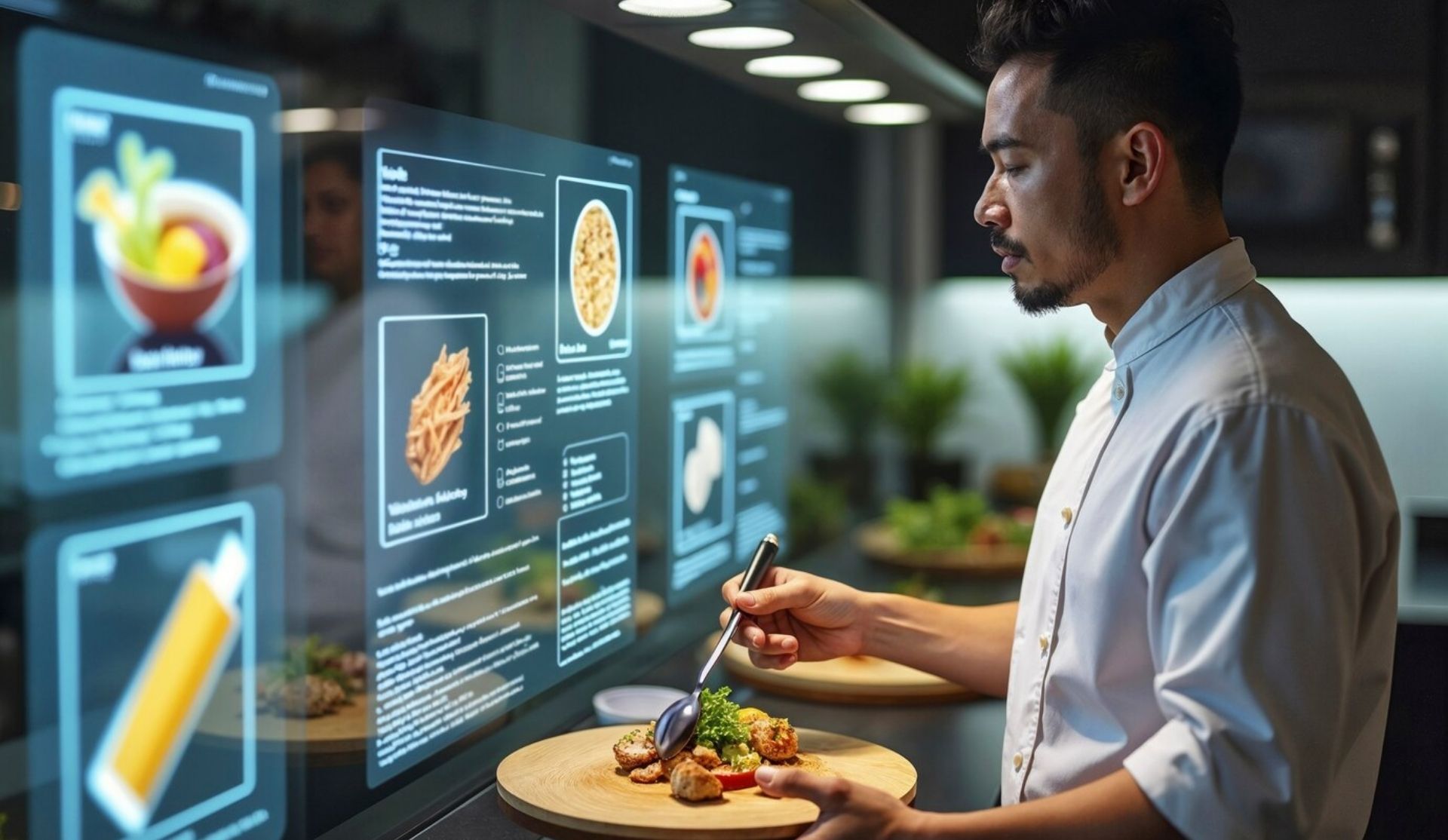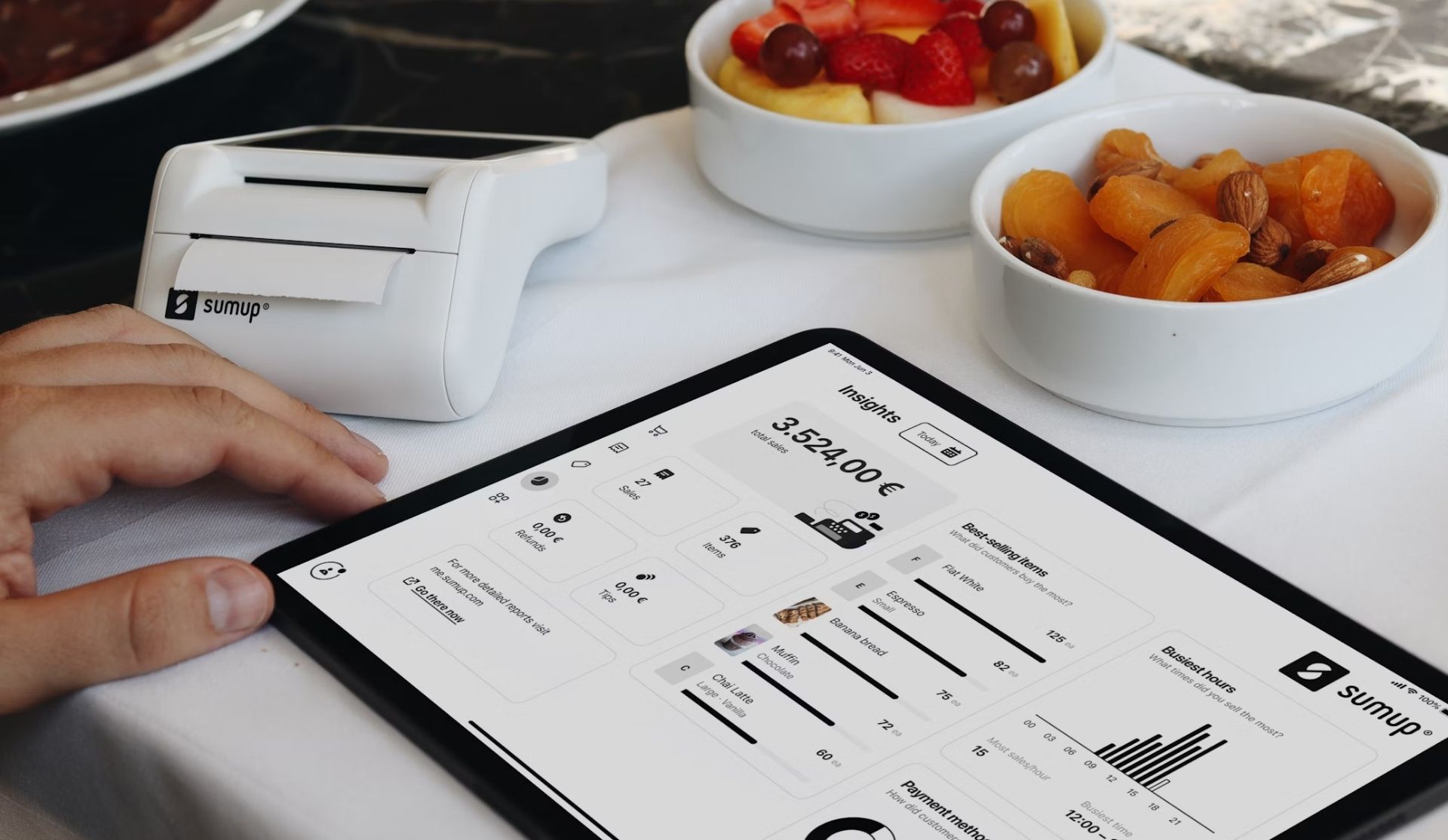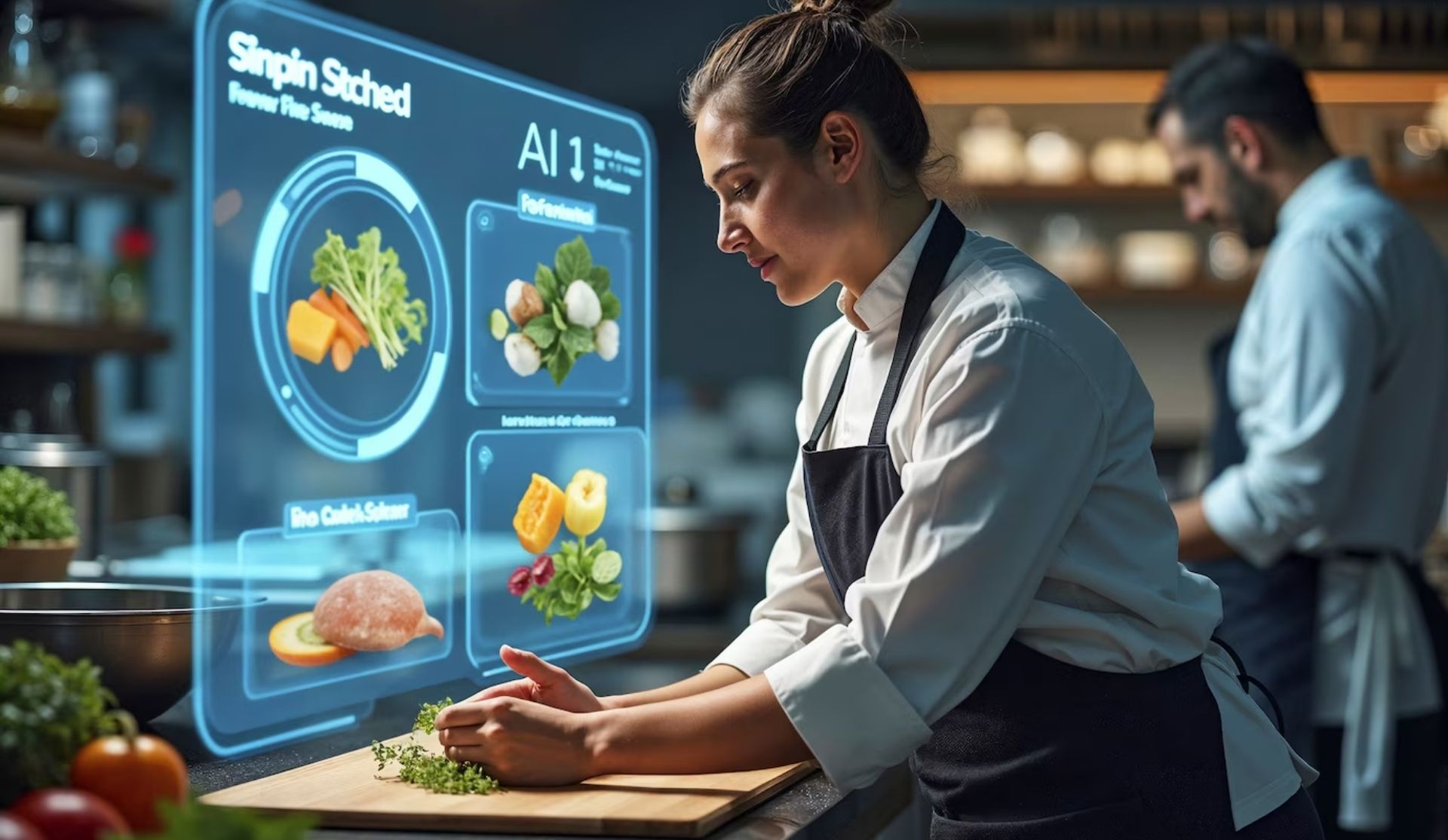Small restaurants in the USA now have a handy tool in food management software that helps with their day-to-day routines, along with cutting their cost too. Instead of getting trapped down with manual tracking, the system takes care of regular chores like checking stock levels, following orders, and crunching numbers, so owners can trust data over guesswork, cut back on waste, and deliver a dining experience that just flows.
Moreover, it even offers features that can stretch as your business grows and handle those quirky challenges small eateries often face. All in all, it’s a fresh, practical way to keep things running smoothly while surprising customers with a better overall vibe.
What is Restaurant Management Software?

Running a restaurant can feel like a constant balancing act. A restaurant management system steps in to help things run without a hitch, and it brings together everything from daily routines to staff and supply tracking, often mixing both software and hardware, such as the cash registers, barcode scanners, receipt printers, etc., into one go. New places, in most cases, find it useful to keep a watchful eye on sales and team schedules, which naturally cuts down on mistakes and tends to make the whole guest experience smoother.
Restaurant management software isn’t just any tool; it’s a kind of point-of-sale software system made specifically for food businesses. Generally speaking, it automates those critical jobs like tweaking menus, tracking supplies, handling online orders, and even scheduling shifts. Owners and managers end up relying on it as a practical assistant, and you may notice that it often chats easily with other systems, making customization almost second nature.
Sometimes, the magic happens in how it all gets combined. Most setups bundle several tools into one accessible package or simply connect with external software, meaning that all the functions you need can live together in one spot, even if the structure isn’t perfectly uniform all the time.
What is Food Management Software?

Food management software is a useful computer program designed to enhance food service in restaurants, cafeterias, and catering. It makes things simpler and more convenient by monitoring supplies in real time to prevent overbuying and reduce waste. This keeps recipes consistent and ensures menus appear attractive and are within budget.
Moreover, it also helps in verifying the costs of ingredients and the profitability of selling some dishes, and reducing wastage. With features like temperature checks and sanitation checklists, the application ensures compliance with food safety standards. By automating such important features, it saves time, incurs lower costs, and improves overall customer satisfaction.
What is Food Service Management Software?

Food service management software is a tool that helps restaurants and food businesses do better. It helps in planning the menu, managing stocks, integrating with the point-of-sale system, handling suppliers, scheduling staff, and analyzing data. The cost of food and special software for inventory drives the business easier and faster. Important features of this software include managing stocks, planning the menu, handling dishes, analyzing costs, and reducing waste.
Stock management keeps track of material and food supply to cut waste and save money. The menu plan helps in creating a menu based on available or special diets. Cost analysis sees food prices and helps in pricing decisions. Waste deficiency finds ways to use food more efficiently and cut down on waste. By lubricating things, food management software helps businesses to do better work, lose less, and give customers a good food experience.
Importance of Food Service Management

The food industry includes places such as restaurants, caterers, delis, food trucks, food distribution services, vending machines, and in-home chefs. Food Services Manager (FSM) is important to keep the cost low, please customers, and run everything smoothly. Different restaurants have different functions of FSM. In large restaurants, there are many managers who handle various jobs. For example, one FSM can hire workers, while the other coordinates the waiting staff.
FSMs are essential for the success of a restaurant as they help keep customers satisfied while cutting costs. Good management can help avoid failure by controlling the cost of food to the new restaurant, teaching employees and preparing food, monitoring the supply, and finding inexpensive materials.
Customer response can greatly affect a food business, so FSM needs to fix problems quickly when they arise. They should know how to handle unhappy customers to bring them back. FSMs also help keep waiting employees, cooks, and cleaners motivated. Their job is to ensure that everyone is happy and to give customers a great experience. Happy customers lead to business development.
How Food Management Software Benefits Small Businesses

In the competitive and busy food service industry, small restaurants face unique issues, such as a lack of sufficient resources, high expenses, and shifting customer demands. Food management software offers a novel solution to assist these restaurants in operating more effectively, being more efficient, and generating revenue. Moreover, there are ways through which small restaurants in the USA can leverage this technology to thrive.
Improving the efficiency of Operations
Managing tasks such as inventory, employee schedule, and daily operations can be time-consuming and may be prone to mistakes. Food service software automates these repetitive processes, saves time, and reduces errors. For example, it can automatically track the inventory levels, alert you when the stock is low, and assign the changes to the employees based on business requirements. This streamlines communication between your team and allows you to focus on giving customers great service.
Enhancing Cost Control
Small restaurants operate on limited budgets, and even small financial inefficiencies can impact profitability. Food management software allows owners to monitor food costs, labor costs, and waste, providing them with information on where they can make improvements. By monitoring sales and ingredient usage, restaurant owners can make their menus more efficient so that each dish is cost-effective and customer-demand driven. Such information helps small businesses remain financially sustainable in a competitive marketplace.
Food Wastage is Managed
It is hard to keep track of inventory, but food service management software makes it easy with tools that show you how much you’re consuming and how much you have. It helps you order the right amount of ingredients, so you’re not spending too much money and making food go bad. It saves you waste, saves your business money, and helps the environment.
Supporting Sustainability through Waste Reduction
Sustainability has become a growing issue among consumers, and restaurants are no different in looking for ways to reduce their impact on the environment. Food management software has options to monitor food wastage and identify overconsumption trends. With optimal use of ingredients and minimizing loss, restaurants can be more sustainable, not only appealing to green customers but also cost-saving in the long run.
Complying with Safety Regulations
Restaurants have to comply with health and safety regulations to prevent fines and maintain a good reputation. Food service management software assists in monitoring food safety, generating reports, and record management. For instance, it reminds you of the expiration dates and prepares you for inspections, all in one convenient location. This minimizes risks and ensures compliance with the law.
Elevating Customer Experience and Satisfaction
Today, it’s important for restaurants to make customers happy. Food management software comes in handy by helping ensure orders are correct, service is quicker, and menus are tailored. In addition, the software provides features like reservation systems and online ordering to make things more convenient. If customers are happy, they come back and leave reviews that are positive, helping small restaurants get loyal customers. This system adds to the customer experience in the form of order tracking, booking systems, and food safety checks. It even suggests dishes according to customers’ tastes. These small perks make individuals wish to return and invite others to your restaurant.
Insights Through Data Analytics
Big chains are no longer the only ones who can enjoy data-driven decision-making; now, small restaurants can also benefit from leveraging the power of advanced analytics with food management software. The applications give insights into sales patterns, customer behaviors, and peak times, and the operators can make an informed decision. Whether it is menu rebalancing, staff scheduling, or offers, such analytics equip little restaurants with the capability to optimize their strategies and grow their business.
Boosting Profitability
Happy customers come back more often, tip higher, and recommend you, and your business is more profitable. And food service software can analyze your revenues and how you are running things to save you money or increase your profit. Like, it can show you what menu items make you the most money and what you should cut.
Growth Through Scalability
Small restaurants have the desire to expand, either by establishing new locations or acquiring more clients. Cloud-based food management software aids them in doing so by streamlining their data and work in one location. Regardless of whether they are operating multiple units or extending new services such as catering, the software maintains things even and smooth, allowing small businesses to expand without compromising quality.

Conclusion
Small restaurants need food management software to stay competitive. It helps them run daily tasks, cut down on waste, control expenses, and improve customer service. This makes it easier for owners to work smarter.
Whether you have one kitchen or want to grow, food management software can adjust to your needs and help you grow while keeping quality high. In a time when efficiency and keeping customers happy are important, this tool helps small restaurants not just survive but succeed.

Leave a Reply